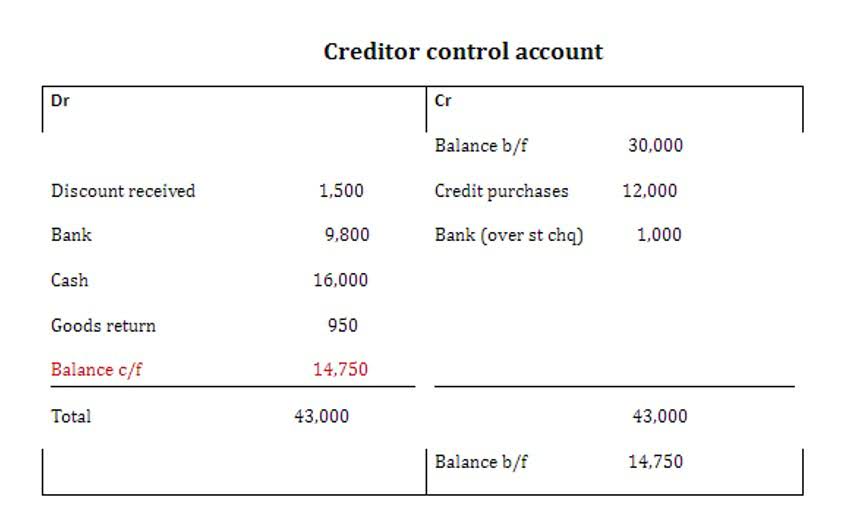
Companies often use dynamic pricing, adjusting prices based on real-time data and market conditions to cover conversion costs and maximize revenue. Conversion costs are calculated in order to know the cost per unit, which assists the company in deciding a price for the product. By monitoring and controlling the cost of conversion, manufacturers can ensure that the finished goods meet the quality standards and specifications of the customers. The examples of conversion cost will let you understand its calculation and usage more efficiently.

Difficulty in Tracking Labor Costs – Some Common Challenges Associated with Calculating Conversion Cost

The company can then explore ways to streamline the labor-intensive processes, negotiate better labor rates, or implement training programs to enhance workforce productivity and reduce conversion costs. Several factors conversion costs can contribute to the difference between actual and budgeted conversion costs. These factors include fluctuations in labor rates, changes in production volume, variations in overhead expenses, and inefficiencies in the production process. It is crucial to consider these factors when analyzing the conversion cost variance. Use the conversion cost per unit to set prices and budgets for the product. For example, if the conversion cost per unit is $9 and the raw material cost per unit is $3, the total production cost per unit is $12.
Increased Flexibility – How Does the Use of Technology Impact Conversion Cost in Accounting?

By analyzing the various components of conversion costs, businesses can make informed decisions to optimize their production processes and enhance profitability. The main difference between prime cost and conversion cost is that prime cost includes all direct expenses incurred during the manufacturing process. In contrast, conversion cost only includes direct labor and manufacturing overhead costs. This means that prime cost includes the cost of raw materials, which are not included in conversion cost. Conversion costs is a term used in cost accounting that represents the combination of direct labor costs and manufacturing overhead costs. In other words, conversion costs are a manufacturer’s product or production costs other than the contribution margin cost of a product’s direct materials.
What are the Components of Conversion Cost? – The Importance of Conversion Cost in Accounting
- It helps in making informed decisions regarding process optimization, cost reduction, and pricing strategies.
- These expenses, though not directly traceable to specific products, are necessary for production.
- Improving equipment utilization can help manufacturers reduce their conversion costs by maximizing production efficiency and equipment downtime.
- On the other hand, the conversion cost is the sum of direct labor and manufacturing overhead expenses incurred while turning raw materials into a finished product.
- Overhead costs are expenses used to produce products that can’t be attributed directly to a production process.
- While the fully automated production does not need direct labor, it does need indirect labor in each step to ensure the machines are operating properly and to perform inspections (step 4).
The term conversion costs often appears in the calculation of the cost of an equivalent unit in a process costing system. Thus, each cost concept provides a somewhat different view of the costs incurred to create products, though both concepts include the cost of direct labor. The table below highlights the key differences between conversion costs and prime costs. During June, Excite Company’s prime cost was $325,000 and conversion cost was $300,000. A periodical review of the firm’s prime cost is crucial to ensure the efficiency of its manufacturing process. The computational responsibility lies with the factory manager who collects the relevant data, calculates the prime cost figure for the period and reports the same to operations manager for review.

- This can lower the total conversion cost of producing a product for the outsourcing company.
- Prime costs and conversion costs include some of the same factors of production expenses, but each provides a different perspective when it comes to evaluating production efficiency.
- This, in turn, can reduce the total conversion cost of producing a product.
- By optimizing the conversion process, businesses can achieve higher conversion rates and maximize their return on investment.
- This information helps managers know where to focus their attention when planning, directing and controlling costs.
- It shows how much each unit of conversion cost contributes to the profit.
Understanding the financial health of a company is crucial for investors, lenders, and even… Understand material handling equipment, its various types, and its benefits…. It is rudimentary to gauge the value of closing inventory since it is a line Keep Records for Small Business item reported on both the income statement and the company’s balance sheet.
- Manufacturers can identify and address energy inefficiencies using sensors and other monitoring technologies, such as excessive machine downtime or overproduction.
- In the example of XYZ Furniture Company, there was zero beginning inventory, so the total costs including direct materials, direct labor, and factory overhead amounted to $462,000 ($432,000+30,000).
- Conversion costs are the sum of direct labor and manufacturing overheads.
- Suppliers may want to increase the cost of conversion to sell more raw materials, while competitors may want to decrease the cost of conversion to gain a competitive edge.
- In that case, it can help ensure that everyone knows how costs are allocated.
- Hence, using conversion costs is an efficient way of calculating equivalent units and per unit costs rather than separately calculating direct labor and manufacturing overheads.
In some cases, depreciation can be used as a tax deduction, which can reduce the taxes owed by a company. This can impact conversion costs as taxes are a component of manufacturing overhead costs. Prime cost is the sum of direct expenses, such as those for materials and labor, required to manufacture a product. Direct expenses are costs directly traced to a particular product or process.
- Conversion cost is essential in budgeting and planning for a manufacturing business.
- By analyzing the conversion cost ratio and its components, businesses can gain valuable insights into their cost structure, identify cost-saving opportunities, and optimize their manufacturing processes.
- Conversion costs are the costs that are incurred by manufacturing companies when converting raw materials into finished goods.
- By conducting a detailed analysis, companies can pinpoint areas of inefficiency or cost overruns and implement strategies to improve cost control and optimize the production process.
- This means that the toy company spends $10 on direct labor and manufacturing overhead for each doll it produces.
Comparing Prime Costs and Conversion Costs
A company can accurately track labor hours using a time-tracking system or manual time cards. The labor hours can then be multiplied by the hourly rate to determine the direct labor cost. Automation can reduce the need for direct labor, significantly reducing labor costs. By replacing manual labor with automated processes, manufacturers can produce products more efficiently, reduce cycle times, and increase production output without increasing labor costs. Improving equipment utilization can help manufacturers reduce their conversion costs by maximizing production efficiency and equipment downtime. Material waste is a high cost for manufacturers, and reducing material waste can help reduce conversion costs.